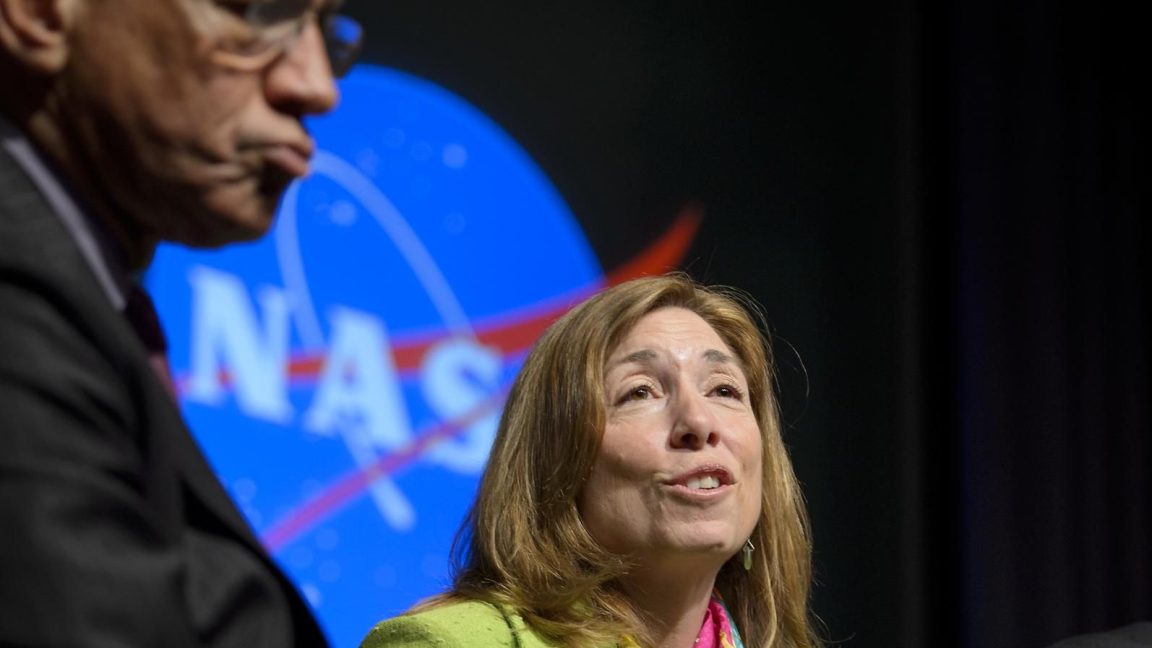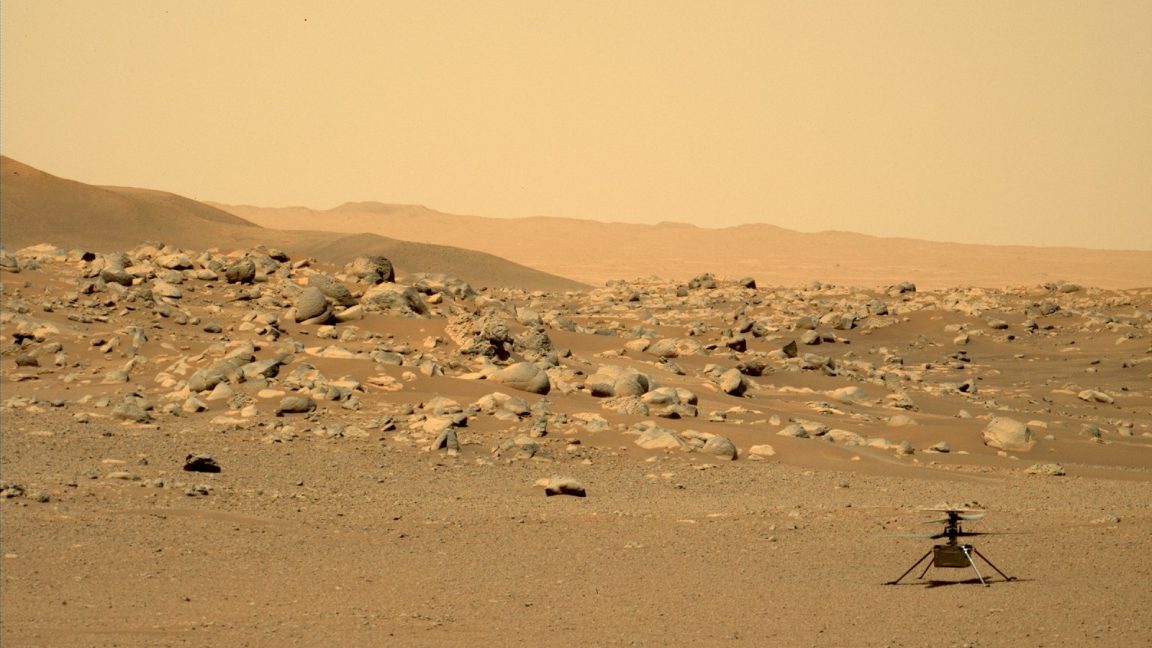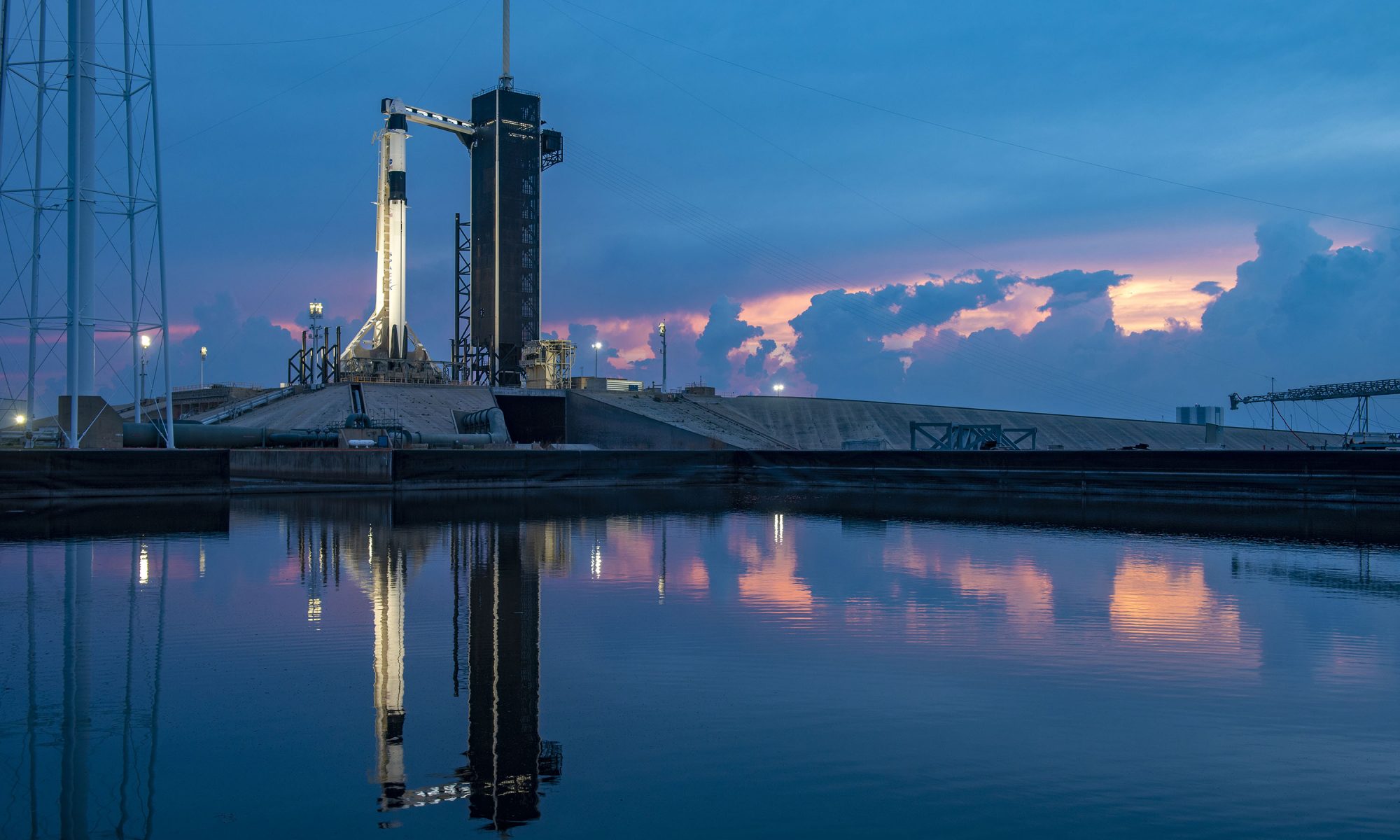Artemis I, take two
NASA will take another stab at getting Artemis one off the pad this Saturday.
From the article: “It was not immediately clear from Tuesday’s news conference what the implications of launching with a warmer-than-normal main engine would be. From a physics standpoint, igniting super-chilled propellants in a warmer-than-anticipated engine would likely severely damage the RS-25 engine’s turbopump, at a minimum. Presumably, therefore, NASA would not launch the SLS rocket without high confidence in its flight rationale.”
So, we’ll see…
JWST scheduling
JWST has been working round the clock since those first glorious images. If you have wondered how its time is allocated, The Planetary Society has the answer right here.
More on SLS
Ingenuity problems
Phobos transit
Well, this is cool.
Perseverance captured color video of Phobos as it transits the Sun, and it is wild. Look at lumpy Phobos! Look at the sunspots!
If you watch carefully, you’ll note that the Sun is moving up in the frame even as Phobos moves down. This is true: Phobos has such a short orbital period (7 hours and 39 minutes) that it moves west to east across the sky.
NASA Goddard promo vid
I want to go to there. All the “theres”.
Perseverance moves
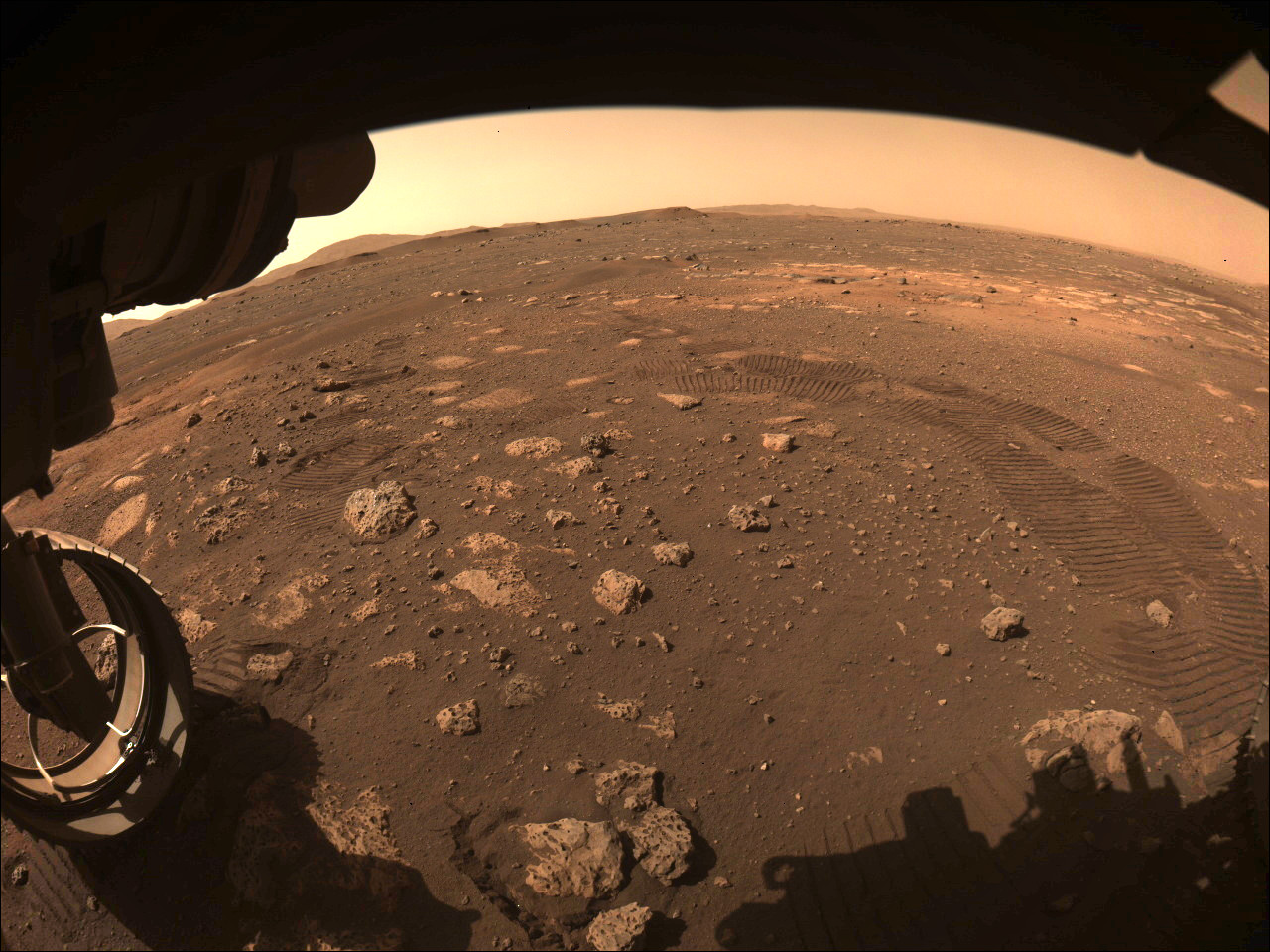
Perseverance landing video
Launch day
In about two hours, if the weather allows, SpaceX will be launching two astronauts in a Crew Dragon capsule to the ISS for the first time. This is a big deal.
Nine years ago, I watched the last shuttle launch with my kids. The oldest was three years old, and the other was one, so they have no recollection of this. Since then, they have grown to awareness in a world in which the US is incapable of launching its own astronauts into space.
This launch means that will now change. But this launch goes beyond just returning human-launch capability to US soil. That’s cool and all, but focusing on it is a bit short-sighted. This launch marks a turning point in humankind’s relation to space.
SpaceX, with its rapid development of Cargo Dragon, Falcon 9, and Falcon Heavy, has managed to decrease the cost of getting things to space by orders of magnitude. When it is possible to launch lots of stuff cheaply, we’ll launch lots of stuff. Now, with Crew Dragon, SpaceX is going to do that for humans. And when it becomes possible to launch lots of humans cheaply, we’ll launch lots of humans.
Lots of humans and lots of stuff in space means, well, it could mean anything. But mostly, it’s a critical step toward becoming a space-faring civilization. And that’s why this is a big deal.


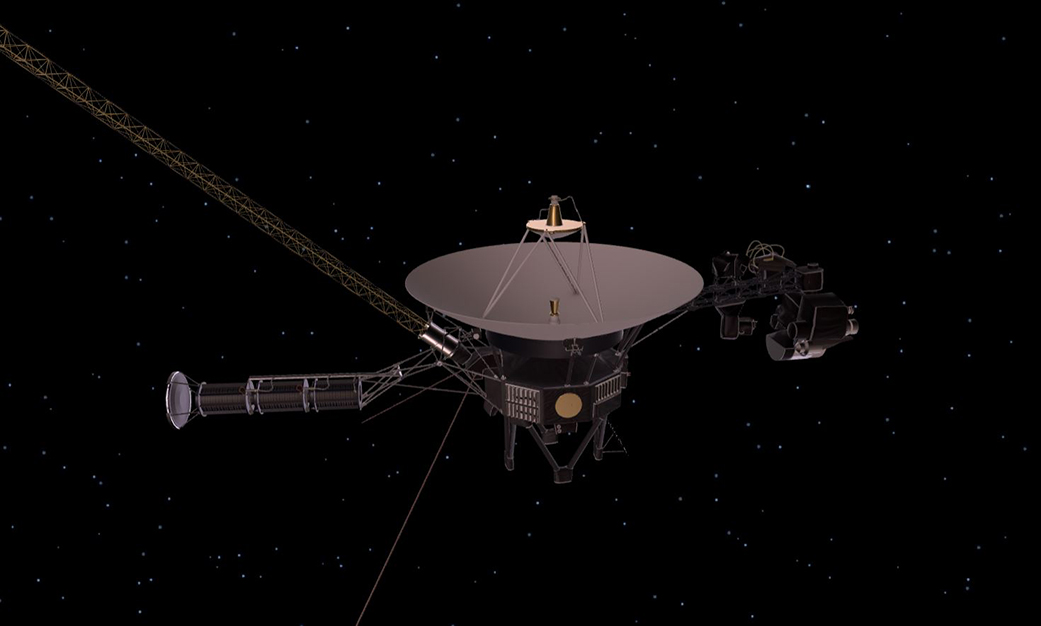
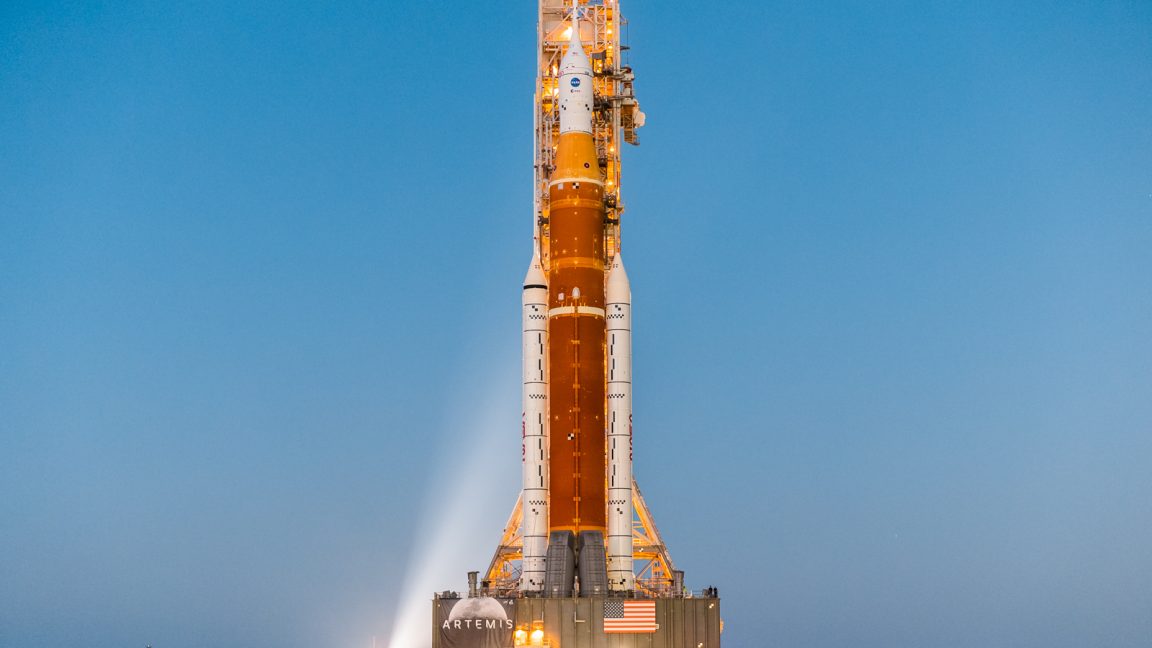
 Ars Technica
Ars Technica 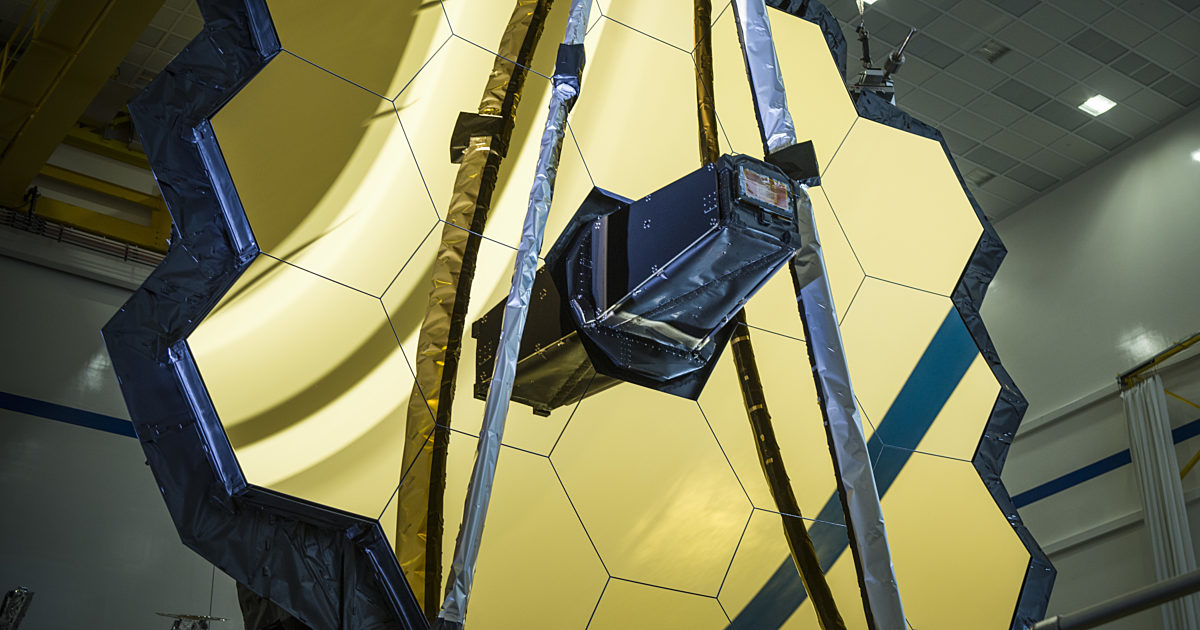
 The Planetary Society
The Planetary Society 